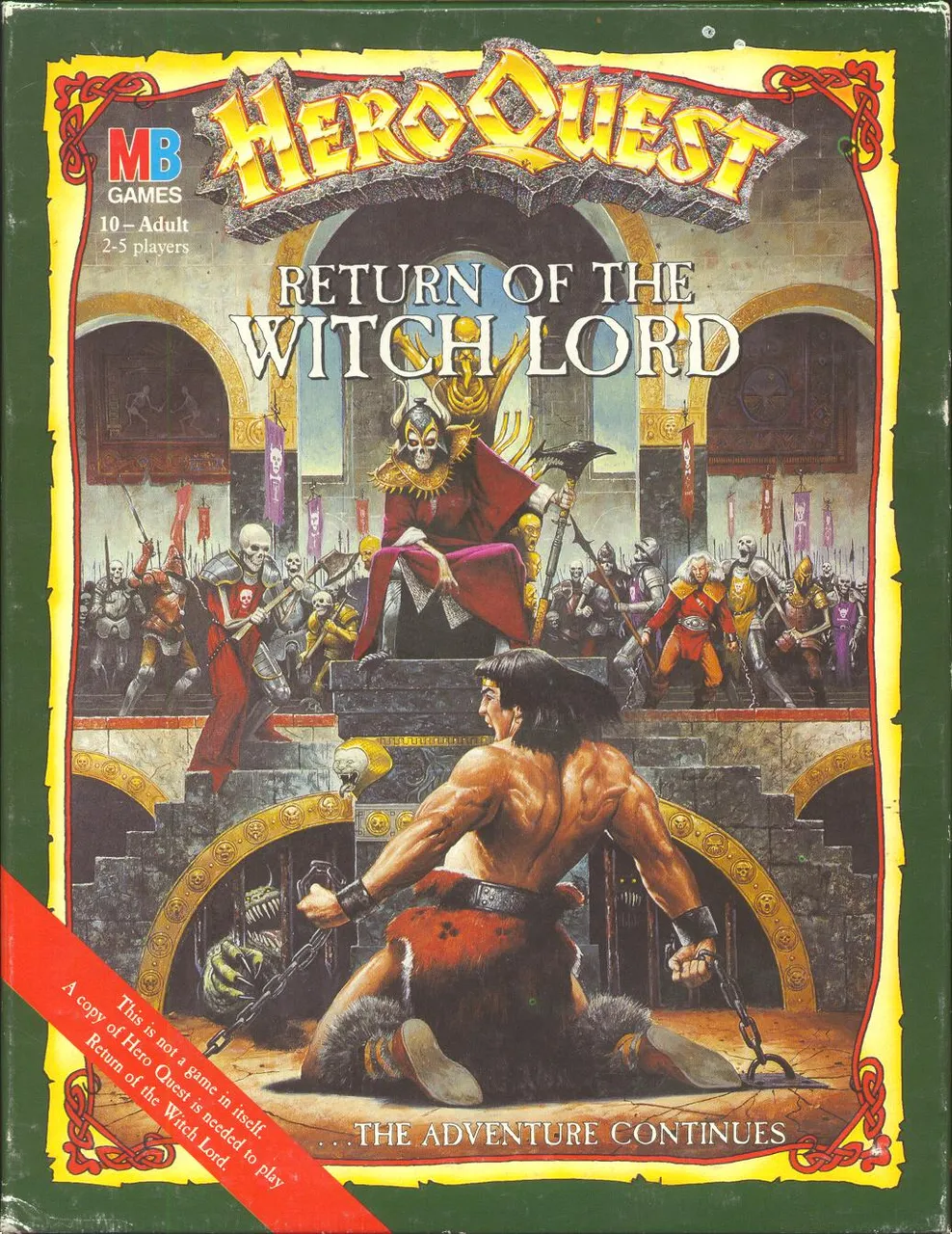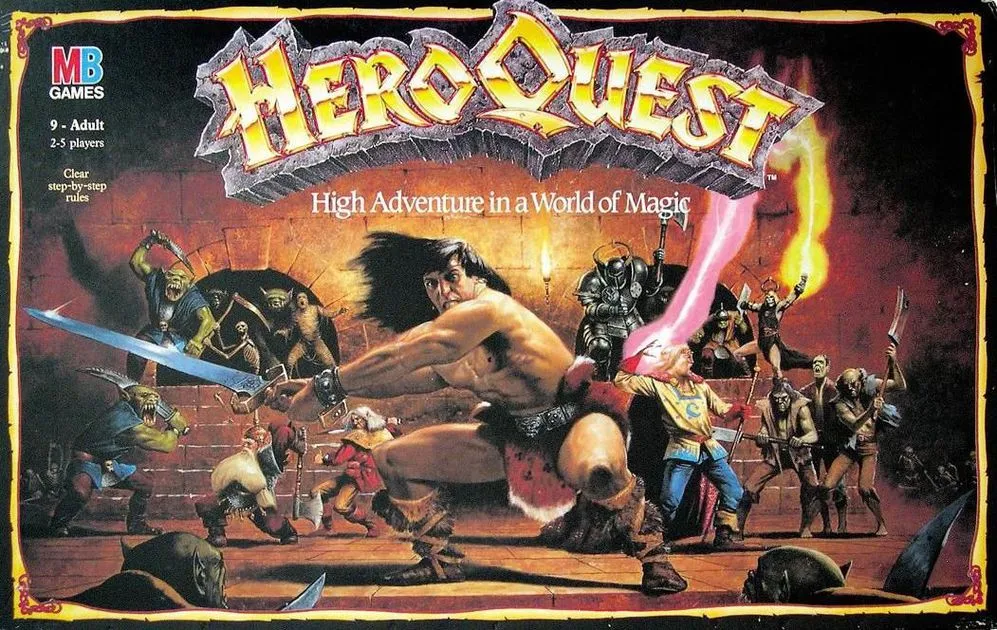
Hero Quest was one of those 'I need it' toys. I didn't get hooked like that by most commercials, but the people who came up with Hero Quest had me dialed in. I never thought I would actually get a copy, and was shocked when I got the game for Christmas of '92. Everything about the game fascinated me: the art, the stories, the game pieces. I was completely unaware of the legacy of fantasy art and literature that Hero Quest was pulling from, but this is such a solid game it stands on it's own with out any of that context. Hero Quest was released in the U.S. and Canada in 1990 and developed by Milton Bradly and Games Workshop. Hero Quest had been launched in Great Britain, Australia/Asia, and Europe the previous year with minor variations between the two releases. The game was a success at the time, and has held on to a loyal following ever since.

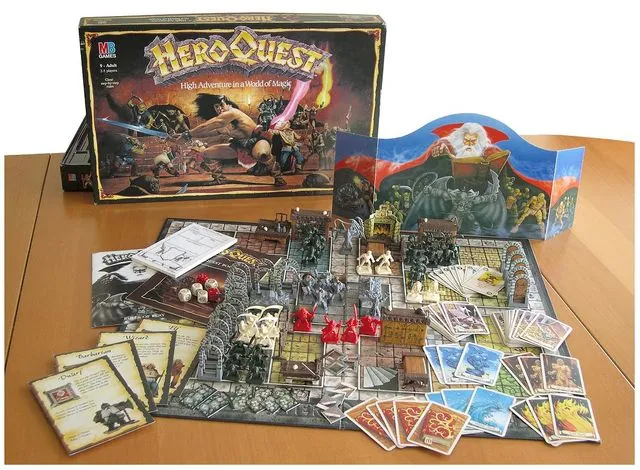
Hero Quest is like a board game version of Dungeon & Dragons, with game play lasting around an hour. The Game Master acts as neutral narrator and as Zargon, (Morcar in non-U.S. releases) the evil wizard who controls all monsters and evil deeds in the Hero Quest world. The remaining players choose among the four heroes: an elf, wizard, barbarian, or dwarf. Team play is essential as each character has unique attributes such as strength or the ability to disarm traps. The elf and wizard are capable of casting spells represented by four sets of elemental-themed cards. Players get a reference card with statistics and illustration of their hero, as well has character sheets that are used to track the health, armor, weapons, and treasures won and lost during the game.
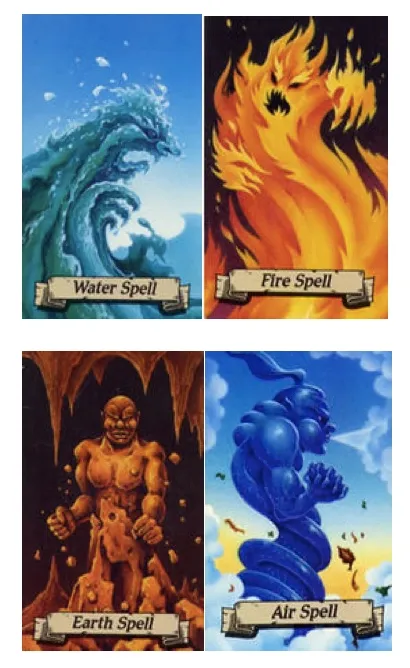
Image Source
Players turn to the quest book for the details of their adventure. The book tells the objectives of the quest and later, reveals their rewards. The book is kept by the GM who knows of all traps and deadly surprises that await the heroes. There is a host of dangers that lie in wait for players. Among the monsters, you can expect to encounter are skeletons, zombies, an orc, and a gargoyle.

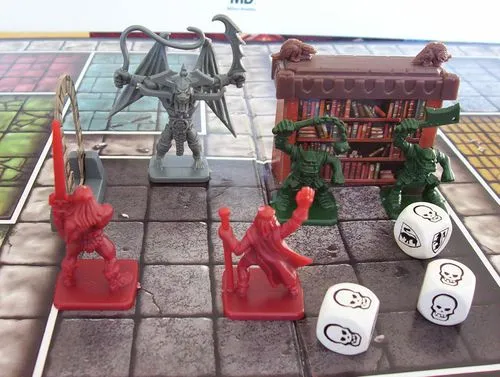
Image Source
As the game progresses the GM places doors, monsters, furniture, and other items on the game board, exposing the layout gradually, based on what the characters can see. Each player takes a turn that involves moving (determined by rolling a standard six-sided die), checking for traps, searching for hidden artifacts, encountering monsters, etc. Monster movement is controlled by the GM acting as Zargon and is predetermined, requiring no die roll. The heroes must maneuver there way through the game, achieve their objective, and locate the exit with out falling prey to Zargon's minions. Battle takes place when a hero is with in striking distance of a monster and the outcome is determined by rolling battle die marked with skulls and shields. Skulls represent a hit, while shields represent hero and monster respectively, and block a hit. If skulls exceed shields, then one health point is lost for each skull.
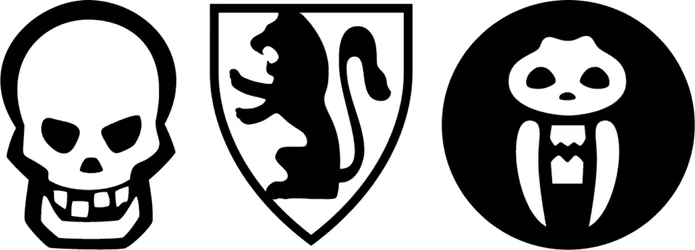
Image Source
Players can draw treasure cards that can give them useful items such as healing potions and gold coins, but can also represent traps that can inflect potentially serious damage to the hero. Some treasure cards represent "Wondering Monsters" that appear suddenly and attack first. Players can access cards by searching for treasure while exploring rooms. If nothing is found, a treasure card can be drawn. Ten of the total twenty-five treasure cards can harm players.
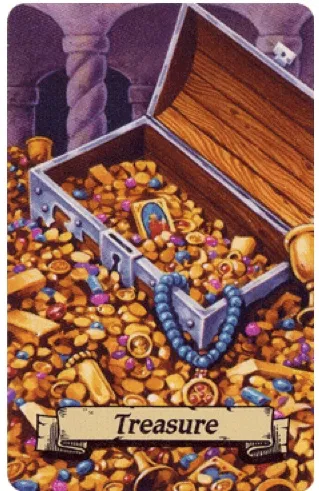
Image Source


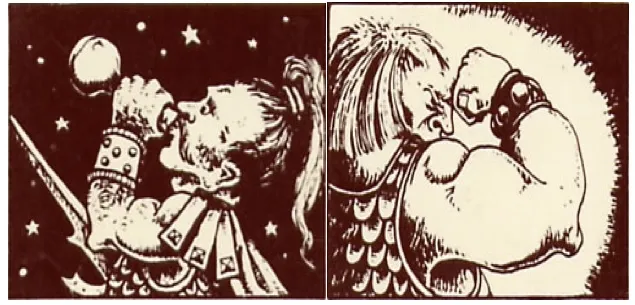
Players catalog their characters achievements on log sheets provided by the game, and you can use the same character to complete the entire quest book. Once the quests have been played through in their entirety, players had the option to buy expansion packs called "quest packs". These expansions contained new adventures, new characters, and quest pack exclusive game pieces. Several expansions were released, though some were not available in every market. Among the U.S releases, we saw "The Frozen Horror" and "The Mage in The Mirror."
I didn't learn to play properly for a few years. I just didn't have anyone to play the game with until I was in my early teens, and then I had to settle for my younger sister and nephew. They were six years younger, but it worked out well. They played seriously and could handle two characters at once, so it was actually pretty fun, for what it was worth. They were right at the intended age for play, but still, I never got the true Hero Quest experience.
My Hero Quest game is pretty much lost to the winds, literally. Most of the game was carried off in a tornado back in 2012. I still have a zip-lock bag of furniture, figures, and some cards though. I looked for them to use for images in this post, but they are buried somewhere in storage. The pieces are in pretty rough shape, otherwise I would have sold them on Ebay already. Complete games can go from well over $100. Individual pieces go for decent prices as well. This is one of those toys that would have been well worth putting a few away for 30 years. If you are an avid collector of table top games, Hero Quest may still be a good investment.
Do you have a dusty old copy of Hero Quest tucked away in a closet? Pull it down off the shelf, get some family together, and play. Hero Quest is a lot of fun and is a great introduction for kids into the role paying genre. If anything, put it on Ebay and make a few dollars!



